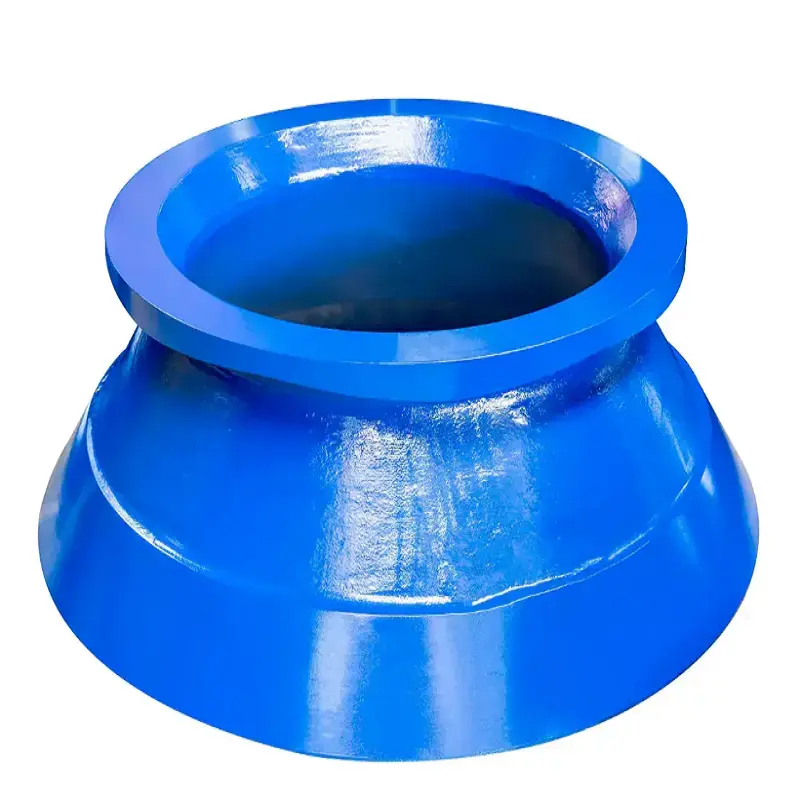How to prevent the grinding mill liner from overheating?
To prevent the grinding mill liner from overheating, measures can be taken from aspects such as material selection, heat treatment process, cooling technology, liner design and installation. The following are some specific measures:
Materials and Heat Treatment
Select appropriate materials: Use high manganese steel materials containing metal elements such as Cr and Mo, such as ZGMn13Cr2Mo, ZG32Mn9SiCr2MoRe or ZGMn9Cr2ReSi. These materials have better strength and toughness and can effectively prevent the liner from breaking due to overheating.
Optimize the heat treatment process: Conduct appropriate heat treatment on the liner plate. For instance, first heat the liner plate in the furnace to 200℃ - 300℃, hold it for 1-2 hours, and then increase the temperature at a rate of 40℃ - 50℃ per hour to 650℃ - 680℃. Keep warm for 4.5 to 5 hours; Then continue to increase the temperature at a rate of 60℃ - 70℃ per hour to 1060℃ - 1090℃, and maintain it for 3.0-4.0 hours. Take the liner out of the furnace, place it in water for water toughening treatment, and put it into the tempering furnace. Heat it at a rate of 40℃ - 50℃/ hour to 300-350℃, hold for 6-8 hours, and then cool it at a rate of 1.5-2.5min/mm. This heat treatment process can effectively enhance the strength, toughness and wear resistance of the liner, and reduce cracks caused by overheating.
Cooling technology
Enhance ventilation inside the mill: Good ventilation can promptly remove the heat generated inside the mill, lower the temperature of the mill liner, and reduce the degree of plastic deformation of the liner at high temperatures.
Install heat insulation materials: Install heat insulation rubber asbestos pads between the cylinder liner and the grinding body, and fill the space between the discharge cone liner and the cylinder with heat insulation materials such as rock wool. This can effectively isolate the influence of the material temperature inside the grinding on the liner and reduce the temperature of the liner.
Cooling system renovation: Renovate the thin oil cooling system by using more efficient cooling equipment or increasing the flow rate of the cooling medium to lower the temperature of key parts such as the sliding shoe bearings, thereby reducing heat conduction to the liners.
Liner design and installation
Improve the shape design of the liner: Appropriately increase the thickness of the liner at the parts that wear out faster. For example, the grinding head liner can be designed with two or more turns, concentrating the parts that wear out faster in one turn, and appropriately increase the thickness of the liner in that turn to extend the replacement cycle of the liner and reduce the damage to the liner caused by local overheating.
Install the liner plate reasonably: When installing the liner, it is necessary to ensure that a layer is laid between the liner and the inner surface of the cylinder as per the design requirements, such as filling it with cement mortar of compressive strength grade 42.5MPa, and filling it as full as possible. The excess part should be squeezed out by tightening the liner bolts. After the cement mortar has solidified, the liner bolts should be tightened again to enhance the stability of the liner and reduce the heat generated by vibration and impact.




